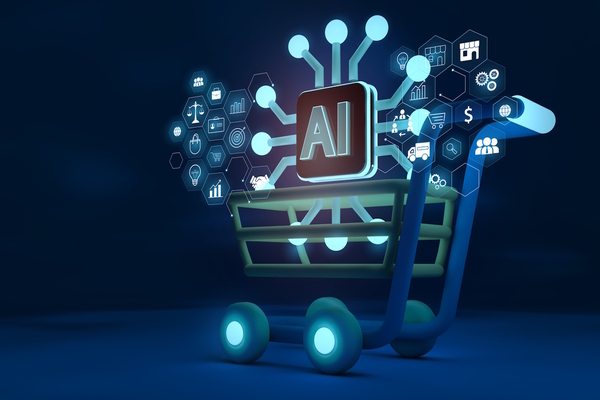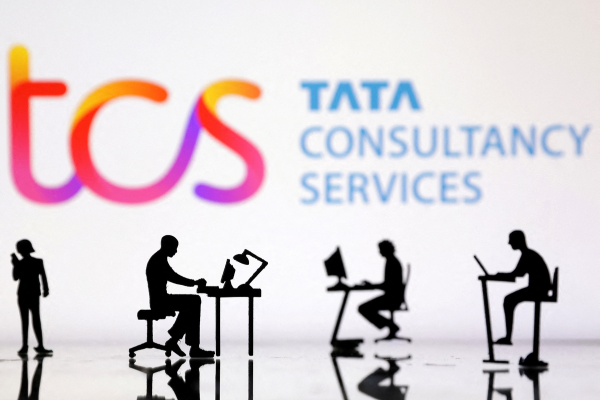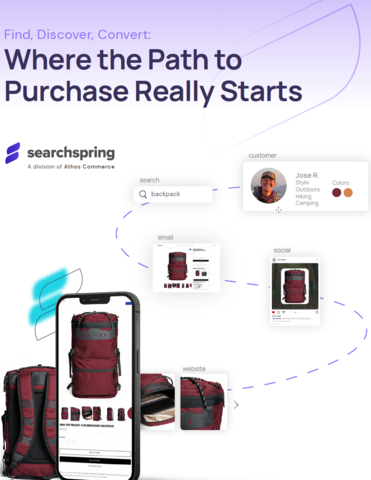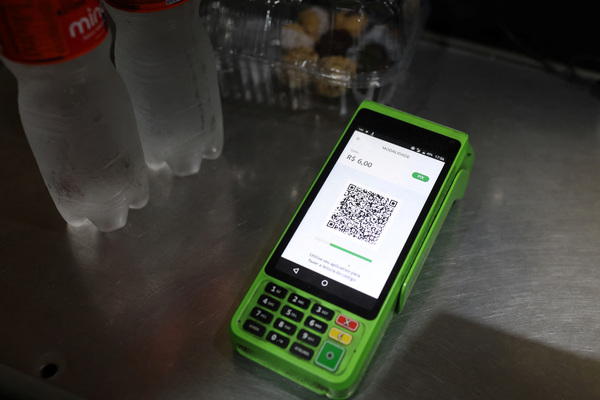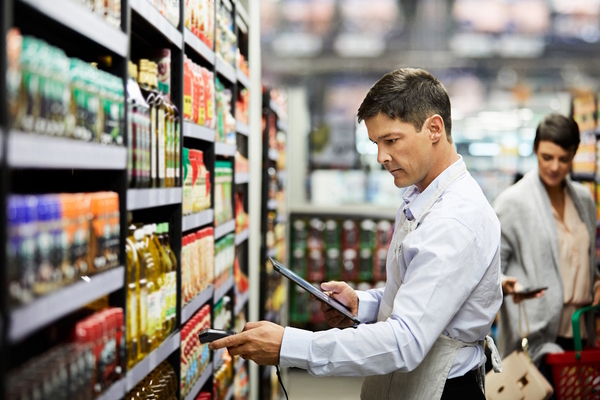How brands can take advantage of the evolving consumer journey
Sponsored by ChannelAdvisorThe evolution of the consumer journey reflects the global changes of recent years. While it looks different today, it doesn’t have to be daunting
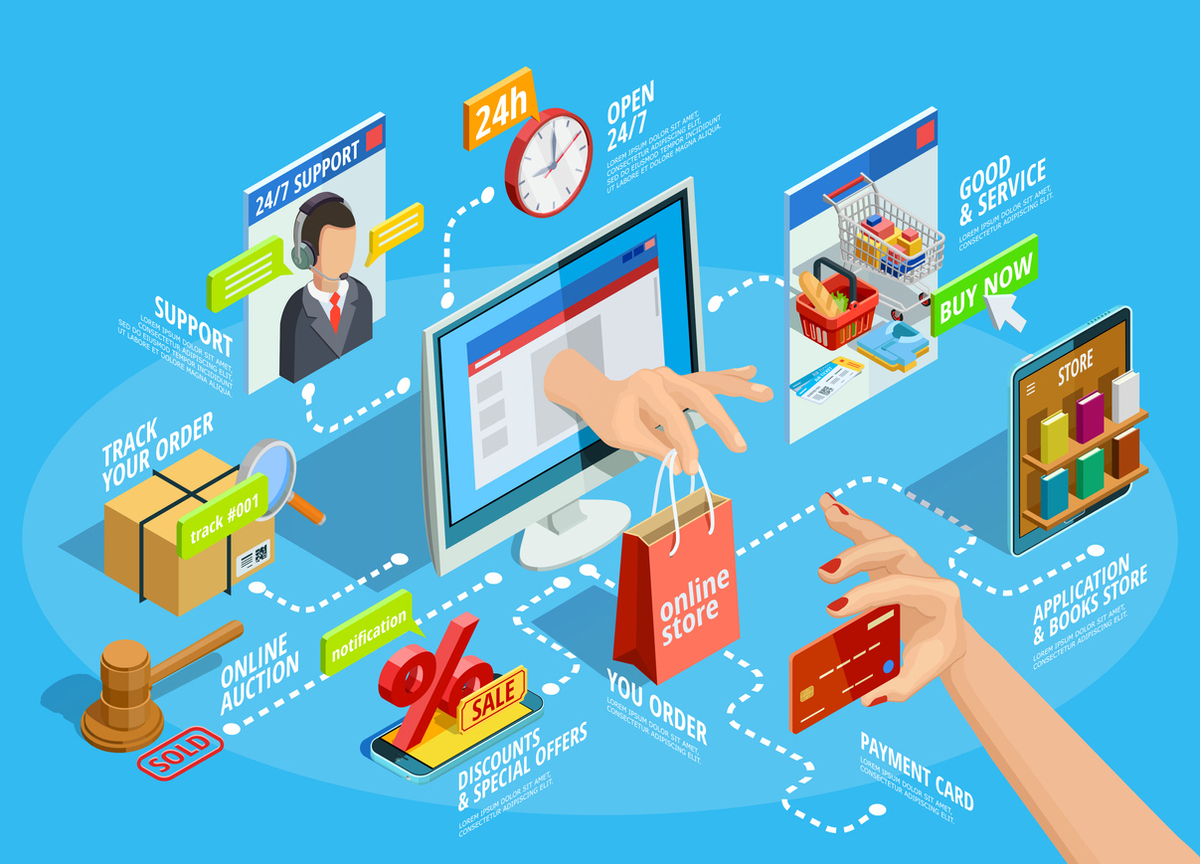
Consumer shopping habits have shifted dramatically in the past two years. As high-street shops closed their doors and our purchases moved online, we became more digitally savvy at every point in the shopping journey. This evolving path to purchase presents a huge opportunity for brands willing to adapt, utilise new technology and meet rising consumer expectations.
The growth in e-commerce inspired consumers to research, discover and purchase products in new ways. Consumers now have the opportunity to buy from marketplaces, retailer websites, brand websites, social media sites and more. In fact, 73 per cent of consumers now describe themselves as channel agnostic, compared with 65 per cent before the global health crisis. They are no longer passive participants waiting to be told about the latest trends; they’re actively finding it themselves. Statistics have shown that 81 per cent of retail shoppers research online before making a purchase.
The big technological advancements over the past 10 years have also forced consumers’ buying habits to evolve. Research has shown consumers are using multiple channels and devices to research products, with mobile, for example, now accounting for 63 per cent of all online purchases. These developments in tech have brought a new ‘always-on’ mentality and the modern path to purchase has changed for good.
The modern consumer journey
The traditional journey consumers take is largely linear and has remained the same despite the innovation we’ve seen across the industry. Consumers start by becoming ‘aware’ of a product. They then ‘consider’ that product and finally ‘purchase’ it. This process typically remains the same, whether it takes someone 10 minutes or 10 months to buy.
The big shift in the modern consumer journey has come from technology, which has provided more digital touchpoints along the path to purchase. Consumers are now more informed, demanding and often impatient. This increase in information disrupts the traditional consumer journey and not meeting these new customer needs can impact a brand’s sales.
- Awareness
Technology has had a huge impact on consumer awareness. The increase in digital touchpoints such as online stores, apps and marketplaces has increased visibility and allowed consumers to find products wherever they are.
The increase in channels has made the market much more competitive, with brands and retailers now fighting for consumer attention and trying to gain visibility. To do so, it’s essential they develop new strategies to gain exposure and reach their customers. Technological features such as shoppable media and utilising social commerce are a great way to help with this.
- Consideration
According to a recent ChannelAdvisor survey, Amazon and search engines were the primary channels used for consumer research. These allow buyers to search for a specific product across multiple channels, build up their product knowledge and look for the best price or potential alternatives.
This is why keeping consumers’ attention along the path to purchase is crucial. Attention is short, and with more options than ever, it’s easy to lose a sale. Brands and retailers should prioritise their content with up-to-date product descriptions, images, blogs and case studies, all of which capture attention and keep consumers engaged.
Consistency is also important for brands and retailers. The increase in online and physical channels means consumers have a greater choice of where to buy a product. Consistent messaging across online stores and physical stores allows for a much smoother path to purchase, with consumers remaining informed and in control of their purchasing decisions.
- Purchase
The final stage of the traditional consumer journey is the purchase. How a brand stands out from its competition and creates a frictionless path to purchase will prove crucial to its success.
The surge in e-commerce has made the shopping landscape even more crowded. Brands that employ tactics such as shopper discounts, how-to videos and same-day delivery options often win by providing the buyer with more information and keeping them more engaged with their offers.
A seamless checkout experience makes a huge difference. Shoppers now expect everything to be as easy as the one-click checkout service that Amazon offers and any complications on the way can quickly turn into a consumer abandoning their basket and buying from the competition.
- Delivery
The modern consumer journey no longer stops at the checkout. The experience consumers have with delivery of their product is as crucial as the three previous steps and can turn consumers from advocates to critics.
Issues outside of a brand’s control will arise – the recent global supply chain crisis impacted businesses of all sizes and caused havoc for sellers. The key for brands is transparency. Keeping your customers informed of where their product is, how long delivery will be and offering them a discount on their next purchase if there are delays can help smooth this friction. Clear communication and delivering your products on time will build your brand’s reputation and keep customers coming back.
The modern consumer journey has evolved significantly in recent years. For some brands and retailers this can seem daunting, but adapting to this new e-commerce era will help with success for years to come.
ChannelAdvisor is a multi-channel commerce platform that enables retailers and manufacturers to integrate, manage and optimise their merchandise sales across hundreds of online channels, including Amazon, Google, Zalando and Facebook. To find out more, visit channeladvisor.com/uk.
By Vladi Shlesman, Managing Director, EMEA, ChannelAdvisor

Business Reporter Team
Most Viewed
Winston House, 3rd Floor, Units 306-309, 2-4 Dollis Park, London, N3 1HF
23-29 Hendon Lane, London, N3 1RT
020 8349 4363
© 2025, Lyonsdown Limited. Business Reporter® is a registered trademark of Lyonsdown Ltd. VAT registration number: 830519543

